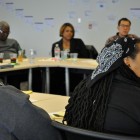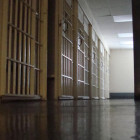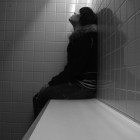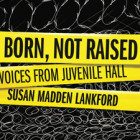
Let’s Use a Little Logic
|
There are three ways people respond to challenges in life. Okay, I realize I am making a big generalization, but this has been my observation of three broad categories we all seem to fall into when things get tough. This way of looking at people grew out of my time in prison, which is hugely stressful, making it a good laboratory for studying people. The first group will respond positively to challenge. They will assess the situation, see what changes they need to make, or what strategies they should adopt, and start working.








